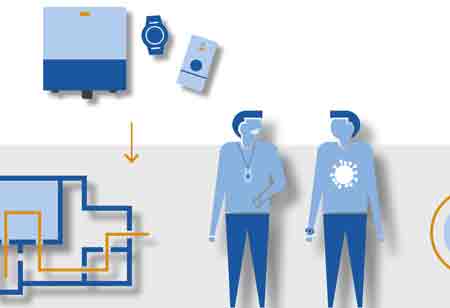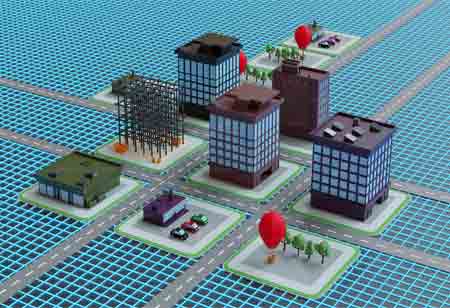Thank you for Subscribing to Gov Business Review Weekly Brief
Law Enforcement With IoT
The law enforcement profession wants to better speed, accuracy, efficiency, and communication, and the IoT might achieve these purposes efficiently.

By
Gov Business Review | Monday, October 24, 2022
Stay ahead of the industry with exclusive feature stories on the top companies, expert insights and the latest news delivered straight to your inbox. Subscribe today.
The law enforcement profession wants to better speed, accuracy, efficiency, and communication, and the IoT might achieve these purposes efficiently.
FREMONT, CA: Despite noteworthy technical developments, police data collection and analysis remain manual. Improved algorithms and data permit faster and more accurate identification of suspects and problems and more creative and sophisticated work. Employing Internet of things (IoT) technology in law enforcement would aid in solving crimes and identifying problems before they become epidemics. This raises both the effectiveness of police work and public confidence in police work.
The Internet of Things will boost workplace productivity but at a fee. Police officials must predict the future and pose adjustable challenges to guarantee their organization's continuous health and vigour in serving their community. The police must utilize the technology superhighway to promote the profession and raise public safety. Despite the IoT's new criminal vector, the technology has more benefits than concerns. To link the separate, IoT transparency will emphasize elements contributing to criminal behaviour and public safety.
Here are many important areas where the IoT is beginning to impact law enforcement:
Smart wearables: Body-worn video and audio have increased greatly in recent years. These have been useful in two ways: they allow officers to document precisely what happened during an event to help in future actions and guide in developing public confidence by enhancing officer behaviour. Also, IoT devices can monitor the officer's vital signs, such as heart rate and blood pressure, and inform dispatchers when there are signs of distress. Even police dogs are getting in on the action these days!
Armed with IoT-enabled guns: IoT-enabled weapons arrest precise details about how and when a firearm was discharged, giving critical proof in the event of lethal use of force. The firearm's sensors may incorporate biometrics and other authentication norms to guarantee that only authorized individuals can fire the weapon. Besides, it can automatically start recording on the officer's body-worn camera, irrespective of leaving the camera on or requiring the officer to switch it on in high-pressure situations. Moreover, the holster equipped with IoT tells the dispatcher when it is unclipped.
Drone surveillance: When mounted with different camera types, drones provide a new degree of monitoring and act as an extra set of eyes. Drones can be used in different situations, comprising suspect pursuits, search-and-rescue missions, and event management. Moreover, they allow law enforcement to watch regions where police would be at risk if they visited privately. Various sensor types guide law enforcement agencies in bettering surveillance quality.
More in News






